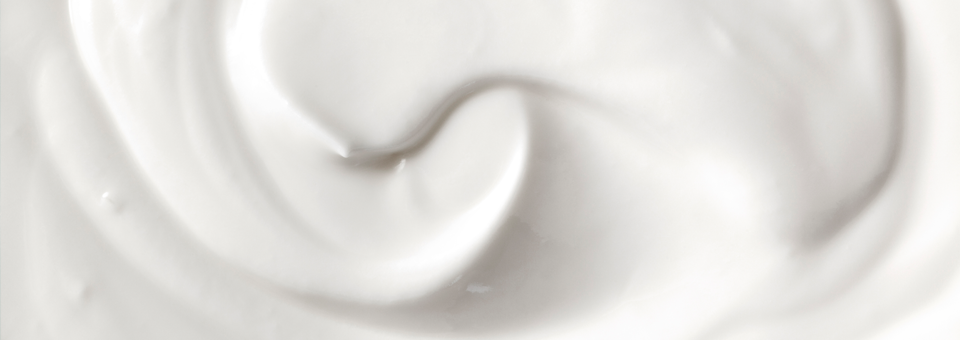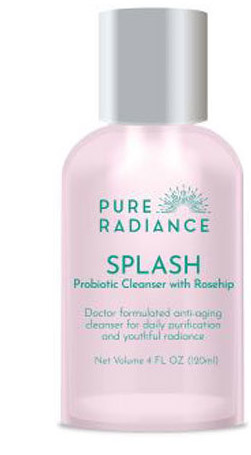
If you’re like a lot of women, you probably thought that once you made it through puberty, you’d be blessed with smooth, clear skin.
Unfortunately, acne is not just a teenage problem anymore…
Over the past 30 years, the number of older patients I’ve seen who are looking for a solution to their adult acne has grown from a trickle to a flood.
And it’s not just my patients. Overall, the number of people suffering from these embarrassing breakouts has increased 214% in women 35 and older.1
Dermatologists offer two treatment options — topical products that kill both good and bad bacteria on the skin or oral medications that carry serious side effects.
The problem is — even if these therapies eliminate your current acne breakout, they don’t get to the real root of the problem. And they won’t stop your next outbreak from happening.
The goal with my patients is to heal the underlying cause of adult acne so you’ll never have another breakout. And that solution starts in the gut.
Feed Your Skin’s Microbiome
I tell my patients that what they put in their mouths is just as important as the products they put on their skin.
Our modern food supply is made up of inflammation-causing foods like refined sugars, cheap vegetable oils and processed carbohydrates — what I call carbage. This toxic concoction can cause your gut microbiome to become way out of balance. This affects all of your organs — including the biggest organ of all, your skin.
Let me explain…
Inside your gut is an extensive intestinal lining that covers more than 4,000 square feet. When it’s working properly, it forms a tight barrier.
But our unnatural Western diet can destroy this tightly sealed gut lining.
An unhealthy gut lining creates large gaps between cells, allowing partially digested food, toxins and bad bacteria to invade your bloodstream. This produces inflammation and changes in the gut flora that can lead to the development of several skin disorders, including eczema, rosacea, psoriasis, atopic dermatitis and cystic acne.2
One way to protect your skin is by getting your gut back on track with probiotics that provide a protective shield across your gut — essentially “plugging up any holes”3 and preventing acne-causing inflammation.
The research backs it up.
In one study, researchers followed 300 acne patients who were given the probiotics L. acidophilus and L. bulgaricus. After one month of treatment, 80% of patients showed improvement, primarily in painful inflammatory lesions that cause swelling, redness and cysts below the surface of your skin.4
In a second study, researchers compared patients taking a probiotic supplement to those taking a prescription acne medication for 12 weeks. Both groups dramatically reduced acne outbreaks by 67%.5
However, the group taking the probiotics had no side effects. Meanwhile the prescription drug causes hair loss, nausea and diarrhea, dizziness, headaches and difficulty swallowing.
I recommend getting your gut back on track with the right probiotics that help recolonize your gut with healthy bacteria and crowd out the bad bacteria. You get a good supply from fermented foods like fresh sauerkraut, kefir, kvass and kimchi and cultured dairy.
Protect Your Microbiome From the Outside
Your skin has its own microbiome… a balanced ecosystem that has been shown to protect against harmful bacteria, pollution and free radicals, all of which can accelerate aging.6
But every time you wash your face with today’s harsh cleansers and soaps, you remove both good and bad bacteria. And a disruption to the balance of bacteria leaves your skin vulnerable to problems like dryness and inflammation.
In addition to a high-quality probiotic supplement, I suggest cleansing and toning with topical probiotic products.
Stay tuned… I’ll tell you more about this in your next letter.
In the meantime, I recommend balancing your skin’s microbiome with a live-culture yogurt mask. This is a face mask recipe many of my patients like:
- Start with 1 Tbsp. of organic, live-culture yogurt.
- Add 1/2 tsp. of anti-inflammatory turmeric powder.
- Leave on your face for 10-30 minutes, then wash off with warm water and pat your face dry.
To Your Good Health,
![]()
Al Sears, MD, CNS

Splash Probiotic Cleanser
Reawaken your skin’s perfect complexion with the world’s first probiotic facial cleanser.
This facial cleanser is formulated to restore your skin’s eco-shield and unleash your skin’s natural rejuvenating abilities!
Splash Probiotic Cleanser is made with all-natural ingredients –to repair DNA damage from the sun and improve your skin’s elasticity.
1King C, et al. “Spots break out of the teen stereotype: Enquiries into acne treatment triples and 35% of sufferers are over 35.” WhatClinic.com. 2015.
2Bowe W. et al. “Acne vulgaris, probiotics and the gut-brain-skin axis: From anecdote to translational medicine.” Benef Microbes. 2014;5(2):185-199.
3Servin AL and Coconnier MH. “Adhesion of probiotic strains to the intestinal mucosa and interaction with pathogens.” Best Pract Res Clin Gastroenterol. 2003;17:741–754.
4Siver RH. “Lactobacillus for the control of acne.” J Med Soc N J. 1961;59:52–53.
5Jung GW, et al. “Prospective, randomized, open-label trial comparing the safety, efficacy, and tolerability of an acne treatment regimen with and without a probiotic supplement and minocycline in subjects with mild to moderate acne.” J Cutan Med Surg. 2013;17(2):114-122.
6Gueniche A, et al. “Lactobacillus paracasei CNCM I-2116 (ST11) inhibits substance P-induced skin inflammation and accelerates skin barrier function recovery in vitro.” Eur J Dermatol. 2010;20(6):731-737.








